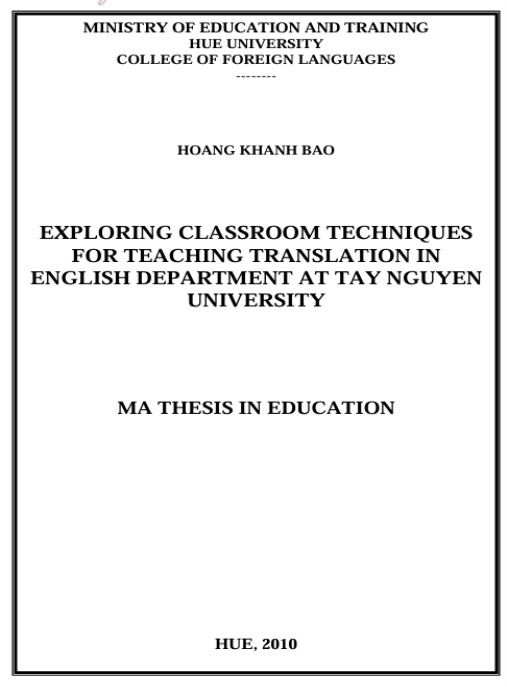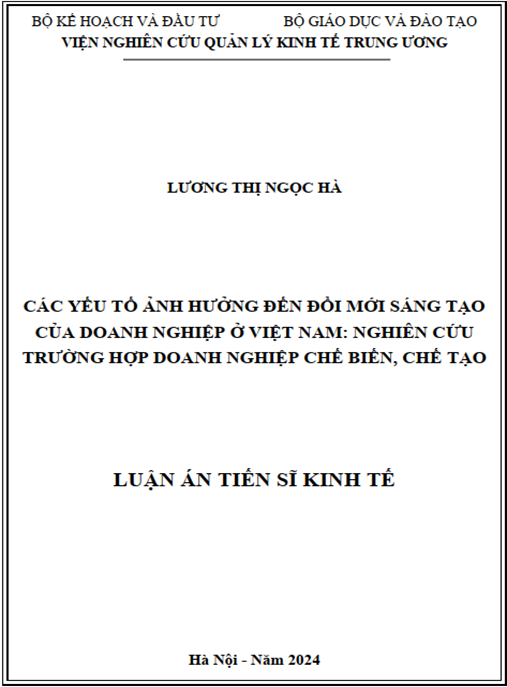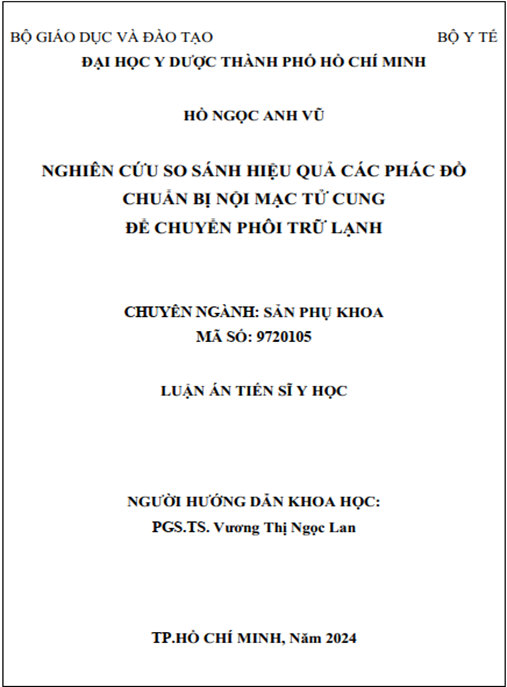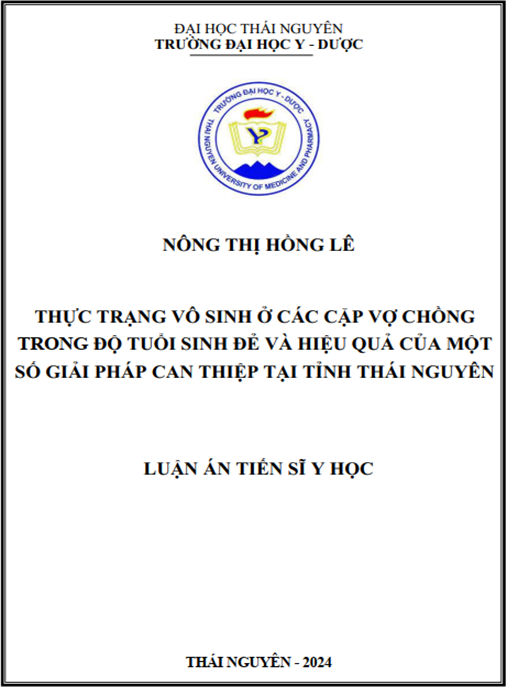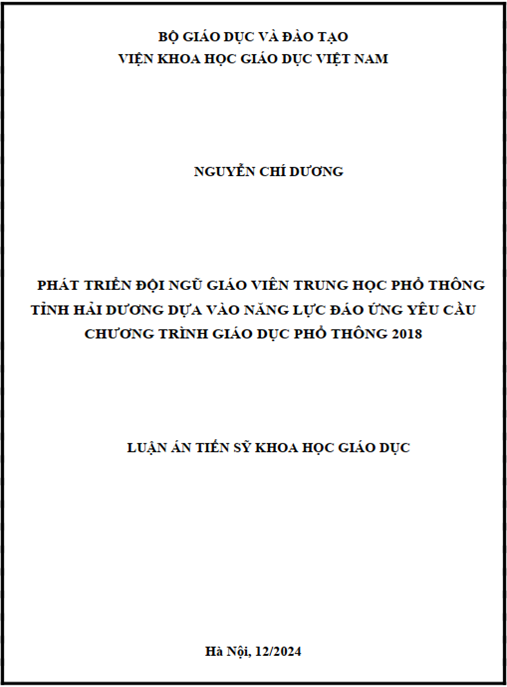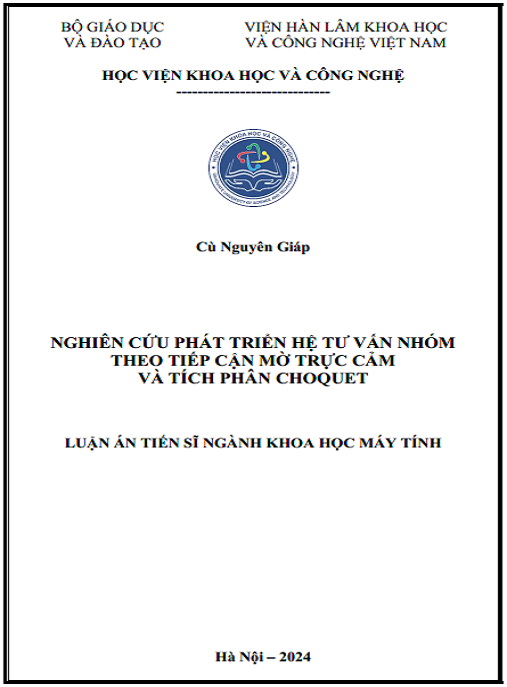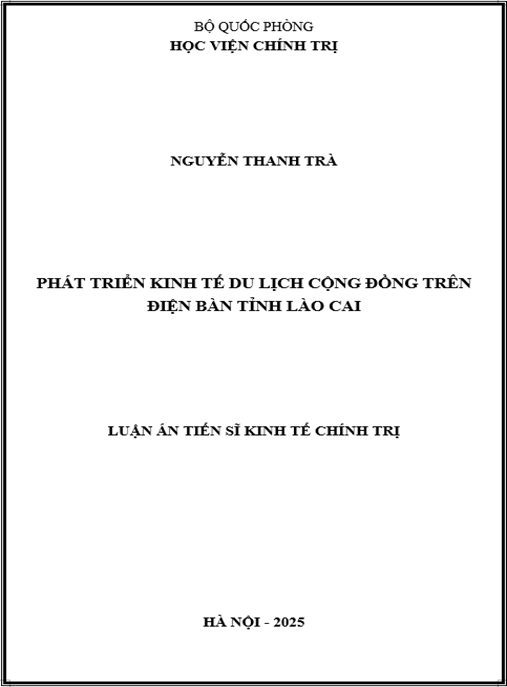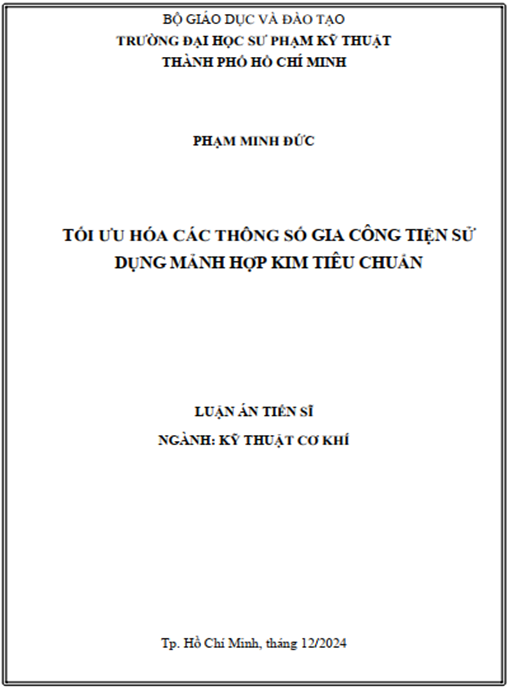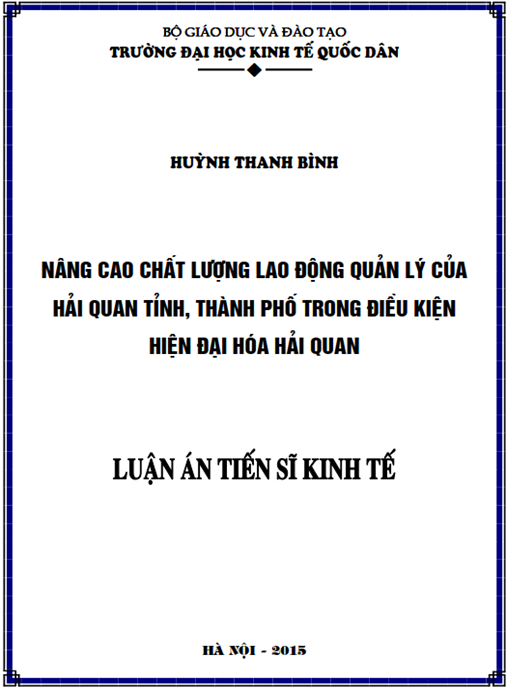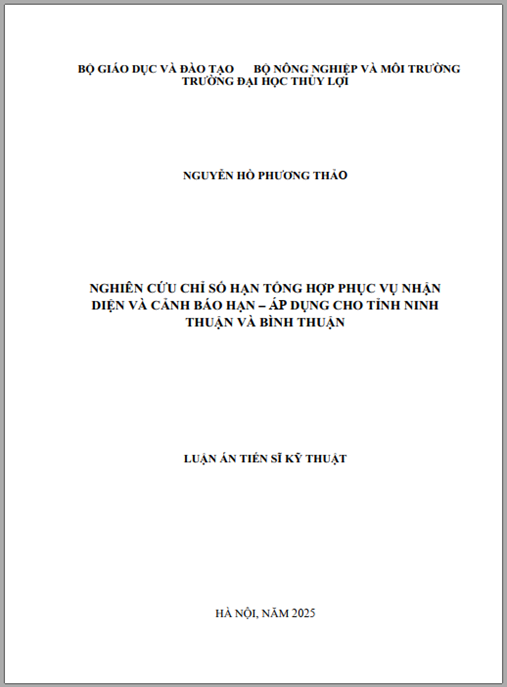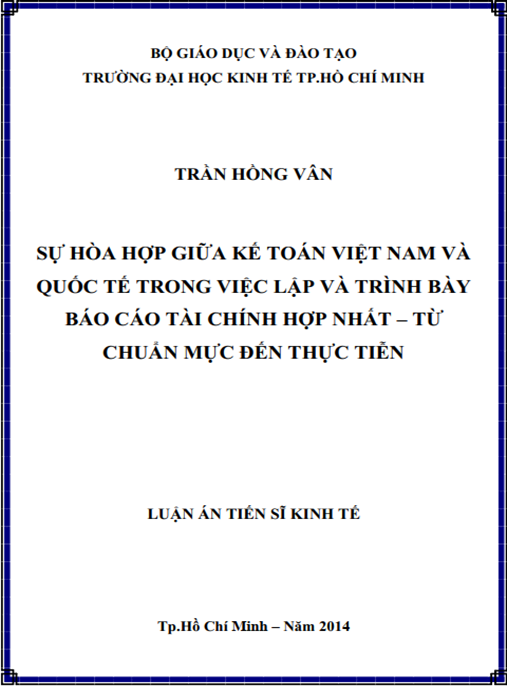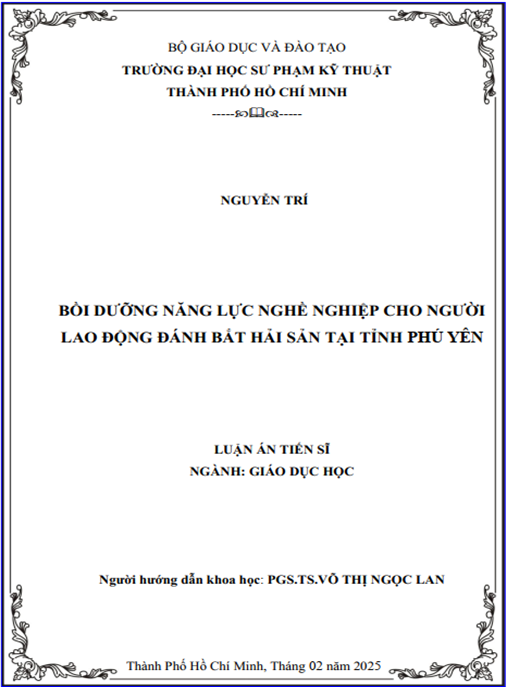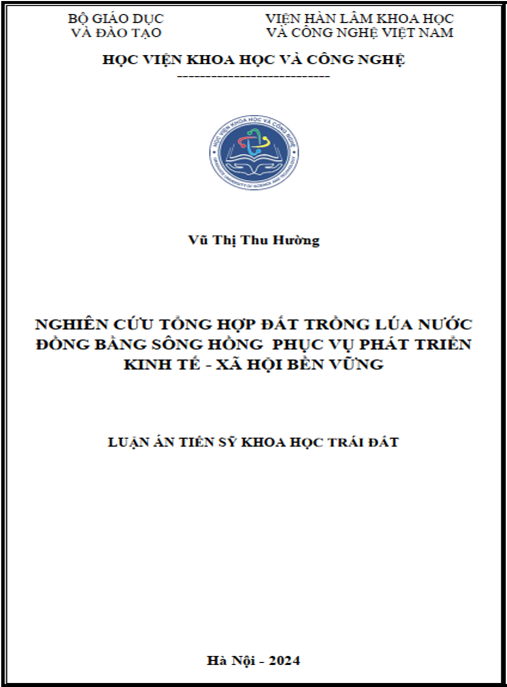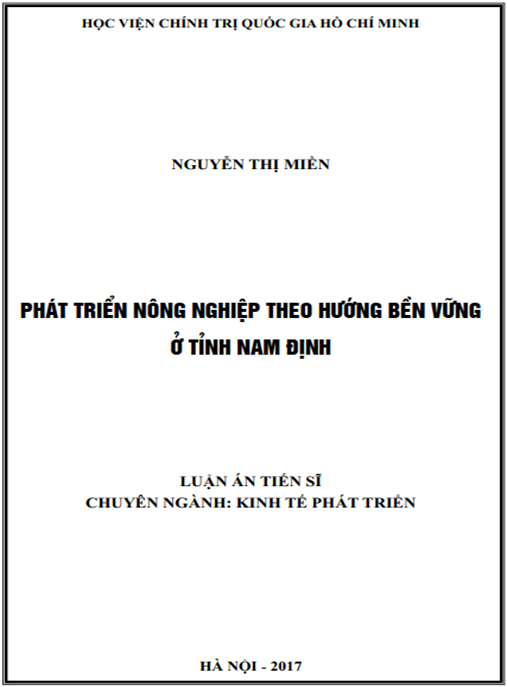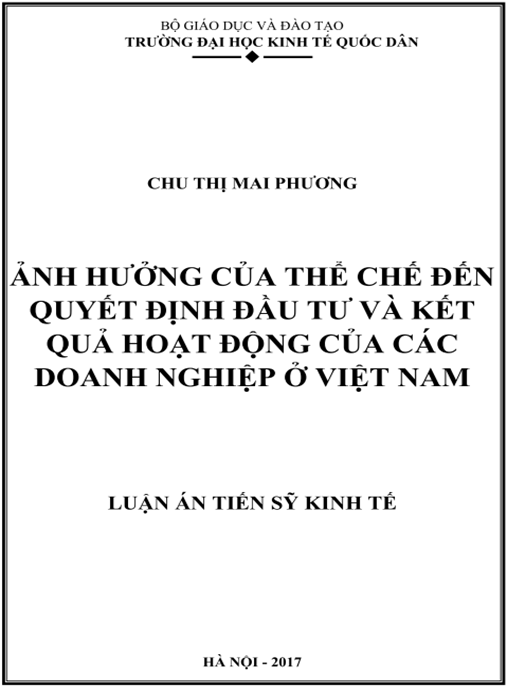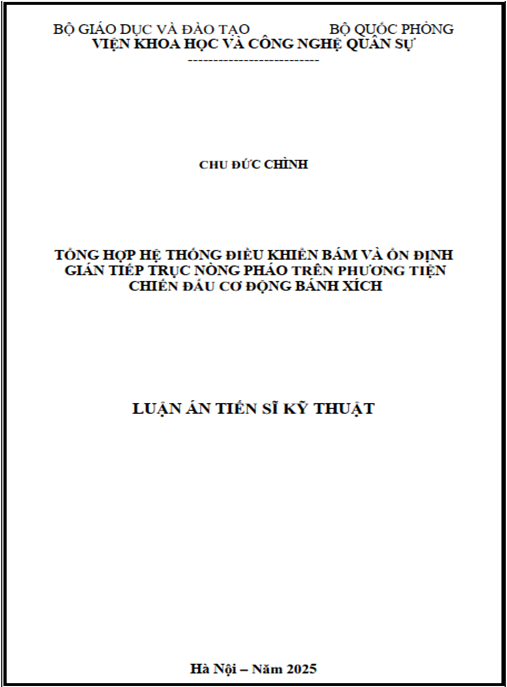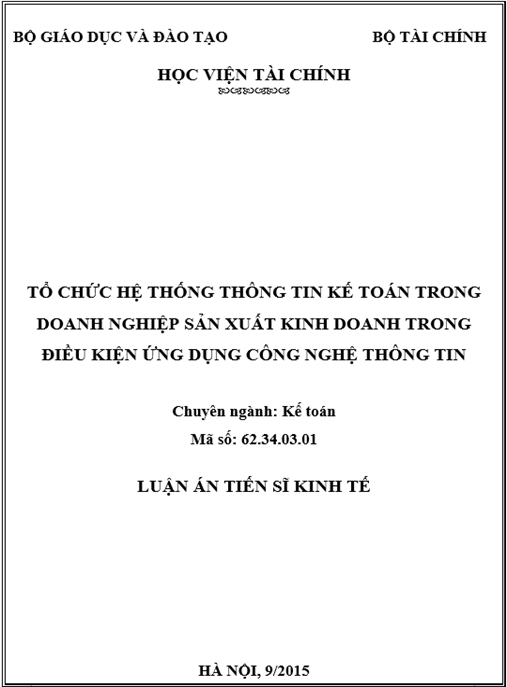CHAPTER I: INTRODUCTION
1.1. Background of the Study
It is undeniable that translation plays a significant role in human communication. It has been proved through the history that translation can be traced back to the year 3000 BC (Newmark, 1988) and the need for it increases day by day due to the social development and the demand for mutual understanding between peoples in the world. It has recently become so effervescent an activity that the twentieth century has been called the “age of translation” (Jumpelt, as cited in Newmark, 1988) ог “reproduction” (Benjamin, as cited in Newmark, 1988). Furthermore, the globalization entails an increasing demand for translations thanks to the increase in international relationship, trade, and tourism. According to Allied Business Intelligence, the revenue of the world market in translation was US$11 billion in 1999 and supposed to be worth US$20 billion in 2004 (Sprung, 2000). The European Commission even values translation market at over US$30 billion annually, and estimates its growing rate at 15-18 percent per year (Anobile, 2000). In an attempt to depict the panorama of the world demand for translation in the research on Globalization and the Translation Industry in Saudi Arabia, Fatani (n.d) stated:
In fact, the world market in translation, already thought to be worth in excess of £10 billion a year, barely satisfies a fraction of the demand created by a global economy
In Vietnam, the recent open-door policy and the integration into the World Trade Organisation have undoubtedly given impetus to the economic, political, cultural, and social exchange with foreign countries all over the world, which, as a consequence, has also created favourable opportunity for the development of the translation market. It is estimated that of 600 recruiting advertisements there are about 15-20 seeking for translators and interpreters, three times higher than the number of 4-6 in comparison with those seeking for teachers on Vietnamworks.com the biggest website for job seekers in Vietnam (Hiep and Huong, 2007).
With such demands for translation, the way how translators are currently trained is one of the issues that should be highlighted. As Pym (1998) stated, “the market demand for translations is often cited as a determinant on the way translators should be trained”, the training program and methods need to gear students to knowledge and skills essential for their future profession as translators.
In many countries in Europe, North America, and Australia, there have been professional training programs appropriate with the requirements of respective translation markets (Hoang, 2007). In parallel with the program, the training methodology has also shifted with the aim of providing students with knowledge of translation theories and processes, skills (such as documentation techniques, terminology, use of tools, computer resources, etc.), and areas of specializations for translators such as law, economics, medicine, etc. (Aula.int, 2005).
In Vietnam, although the translator training at undergraduate level has also been implemented in several colleges and universities as in Hue, Ho Chi Minh, and Hanoi, normally, translation is one of the subjects embedded in the undergraduate foreign language program of some other institutions and the teaching of translation still receives little attention. In most institutions, translation teaching is taking place informally without either “clearly-defined curricular” (Gabr, 2001) or “proper training methodology” (Gabr, 2001). The amount of time spent on acquiring the knowledge and skills for translation is limited as it is used for linguistic and cultural aspects of the two languages (Thang, 2007). Of all the factors affecting translation teaching in Vietnam at present such as lack in materials and unsystematic syllabus design, traditional teaching method is also a problem worth considering (Thang, 2007).
The English Department at Tay Nguyen University started its training undergraduate in TESOL in 1996. However, translation teaching has recently been launched since the training of undergraduate in English language began in 2005. Beside the deficiency in materials, methodology is seen as the most problematic issue to teachers in the Department as most of them are young and inexperienced in translation as well as in translation teaching. Currently, the translation teaching in the department based on the so-called “trial-error and arbitrary teaching methods” (Caminade and Pym, as cited in Aula.int, 2005).
From the above mentioned about translation teaching in Vietnam in general and at Tay Nguyen University in particular, it could be inferred that the teachers are unable to keep track with global changes of the market demand as well as training methodology. As a result, the students will be unable to function as professional translators because they are encompassed by unauthentic and old materials and lagging teaching methods, thus are not well equipped with required knowledge and skills in accordance with the changing market demand.
Despite the reality that a well-design and systematic curriculum is one of the key factors ensuring success in translator training, it is believed that appropriate teaching methods in which techniques employed for teaching the subject effectively also have no small contribution to taking shape of the required knowledge and skills for students’ future performance in translation.
As a teacher of English with deep interest in translation, I believe that exploring classroom techniques currently used in translation classes can be a significant basis for the development of more effective techniques which then will contribute to the improvement of teaching and learning translation. Inspired by this, I chose to conduct my research on current classroom techniques for teaching translation in English Department at Tay Nguyen University. I hope my research will make some contribution to the improvement of teaching and learning translation at my university.
1.2. Aims of the study
This project seeks to investigate what classroom techniques are currently used in the translation classes at Tay Nguyen University and how effective these techniques are in view of the teachers and students. Based on the findings, suggestions are given for development of more effective techniques.
This project particularly aims to answer the following questions:
1. What classroom techniques are currently used by teachers in translation classes at Tay Nguyen University?
2. How do the teachers view these techniques in terms of effectiveness?
3. How do the students view these techniques in terms of effectiveness?
4. What suggestions are given to develop more effective classroom techniques?
1.3. Scope of the study
This study was conducted in the English Department of Tay Nguyen University. The data were thus necessarily limited in scope, and could not be generalized to other contexts.
1.4. Significance of the study
The project helps gain information about what techniques were currently used for translation classes and how effective these techniques were in view of teachers and students. On the basis of the findings, suggestions were given to develop more effective techniques to enhance the teaching and learning of translation in English Department at Tay Nguyen University.
1.5. Structure of the study
This study comprises five chapters:
Chapter I – Introduction has provided some background that lead to the research. The aim, scope, and significance of the study are also included in this section.
Chapter II – Literature review – will present the theoretical background of the study. It focuses on the teaching of translation and its current issues.
Chapter III will describe the research methods employed in this study.
Chapter IV – Findings – will present the data and discuss the results of the study.
Chapter V – Conclusion and Implication will summarize the findings and offer some implications for teaching translation and suggestions for further research.

